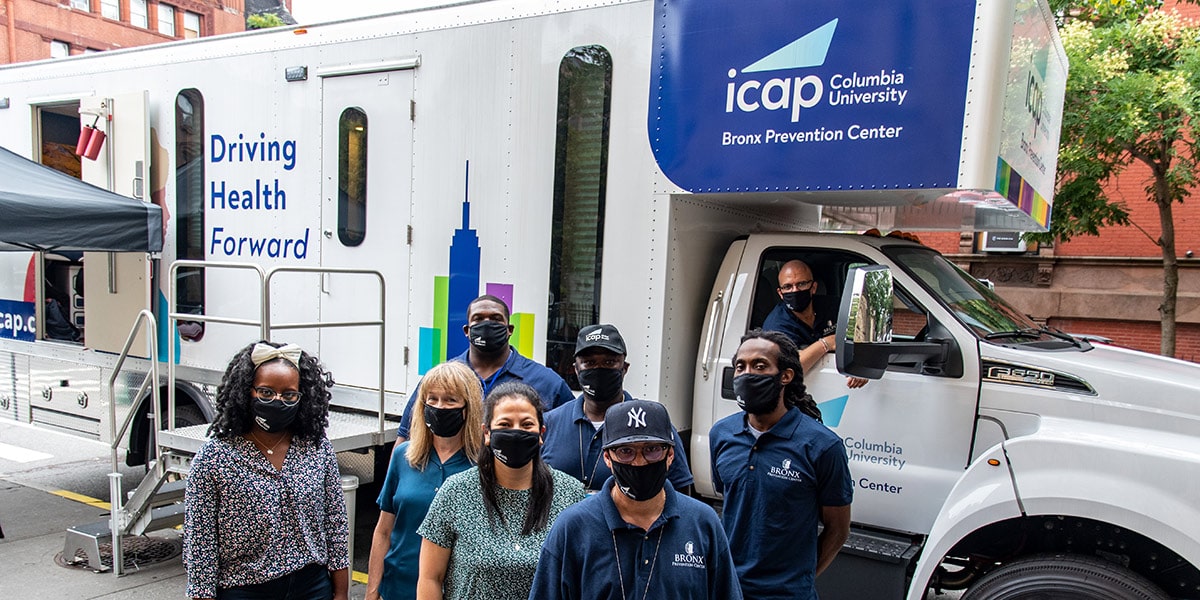From May to November 2021, a biobehavioral survey (BBS) among men who have sex with men (MSM) was conducted in four cities in Zambia. The BBS estimated the prevalence of HIV, HIV recency, active syphilis, hepatitis B virus (HBV), hepatitis C virus (HCV), and HIV viral load suppression (VLS), as well as progress towards the UNAIDS 95-95-95 targets. The population size of MSM was also estimated. In collaboration with the Zambia National HIV/AIDS/STI/TB Council (NAC) and the Tropical Diseases Research Centre (TDRC), the BBS was led by ICAP at Columbia University with support from the United States Centers for Disease Control and Prevention (CDC).
Major conclusions from the survey include:
- Lusaka had the highest HIV prevalence among MSM at 22.8% compared to the other sites (range: 6.0%-11.0%). HIV prevalence was highest among MSM aged 30 and older across all sites, although it was markedly higher in Lusaka, at 40.7%, and Solwezi, at 41.0%, than in Kitwe, at 20.5%.
- Viral load suppression (VLS) among MSM living with HIV ranged across the sites from 50.7% in Solwezi and 54.9% in Lusaka, to 82.7% in Livingstone, and to 91.0% in Kitwe (markedly higher compared with the other sites).
- Hepatitis B virus (HBV) infection: The prevalence of HBV infection among MSM ranged from 3.4% in Lusaka to 7.3% in Kitwe.
- Hepatitis C virus (HCV) infection: Across the four sites, no individual tested positive for HCV.
- Active syphilis: Across the four sites, the prevalence of active syphilis among MSM varied from 3.4% in Solwezi to 7.4% in Lusaka.
- PROGRESS TO THE 95-95-95 TARGETS:
• In Kitwe, 91.0% of MSM living with HIV were aware of their HIV-positive status, 99.6% of those who were aware of their HIV-positive status were on ART, and 100.0% of those on ART had VLS.
• In Livingstone, 81.6% of MSM living with HIV were aware of their HIV-positive status, 97.4% of those who were aware of their HIV-positive status were on ART, and 97.4% of those on ART had VLS.
• In Lusaka, 60.7% of MSM living with HIV were aware of their HIV-positive status, 94.4% of those who were aware of their HIV-positive status were on ART, 95.1% of those on ART had VLS.
• In Solwezi, 50.7% of MSM living with HIV were aware of their HIV-positive status; 100.0% of those who were aware of their HIV-positive status were on ART; 100.0% of those on ART had VLS.





